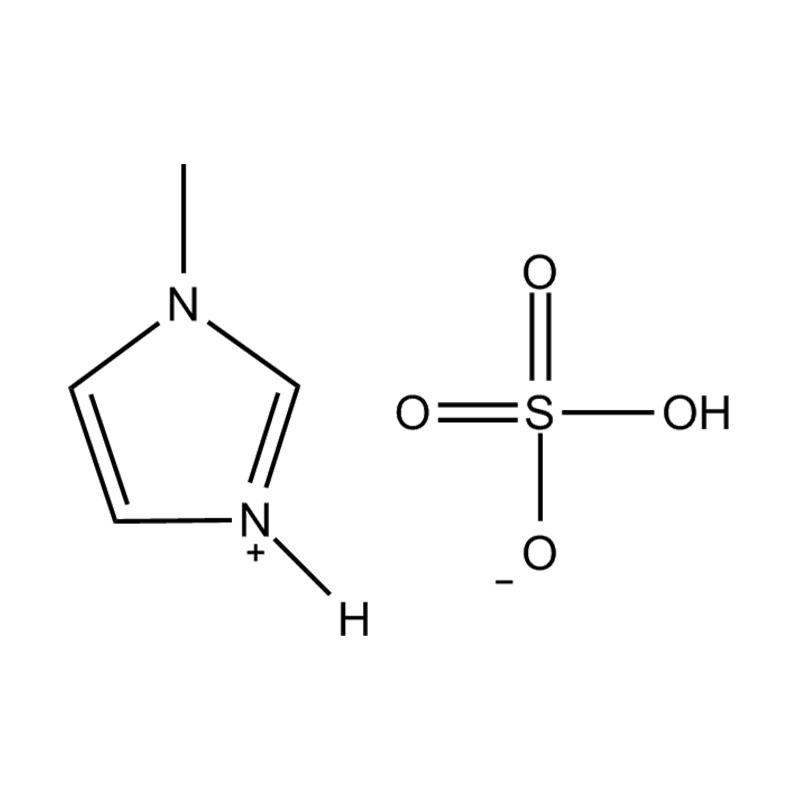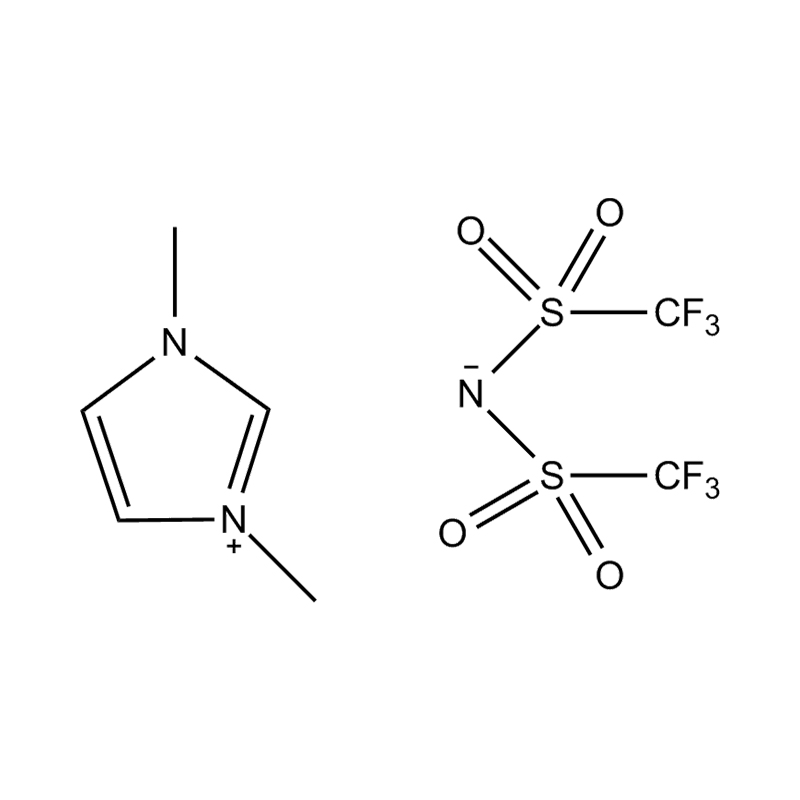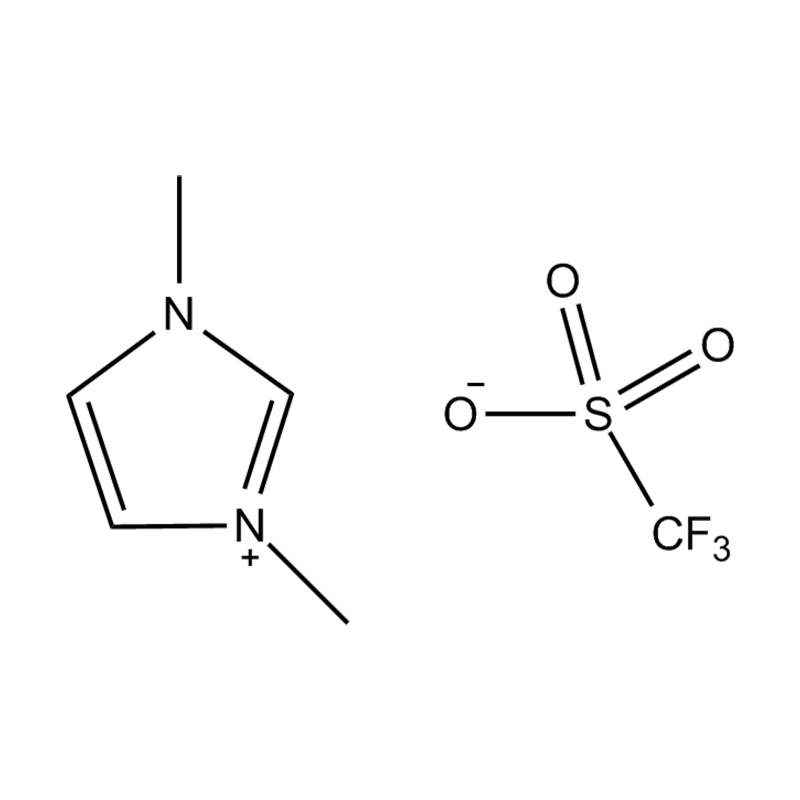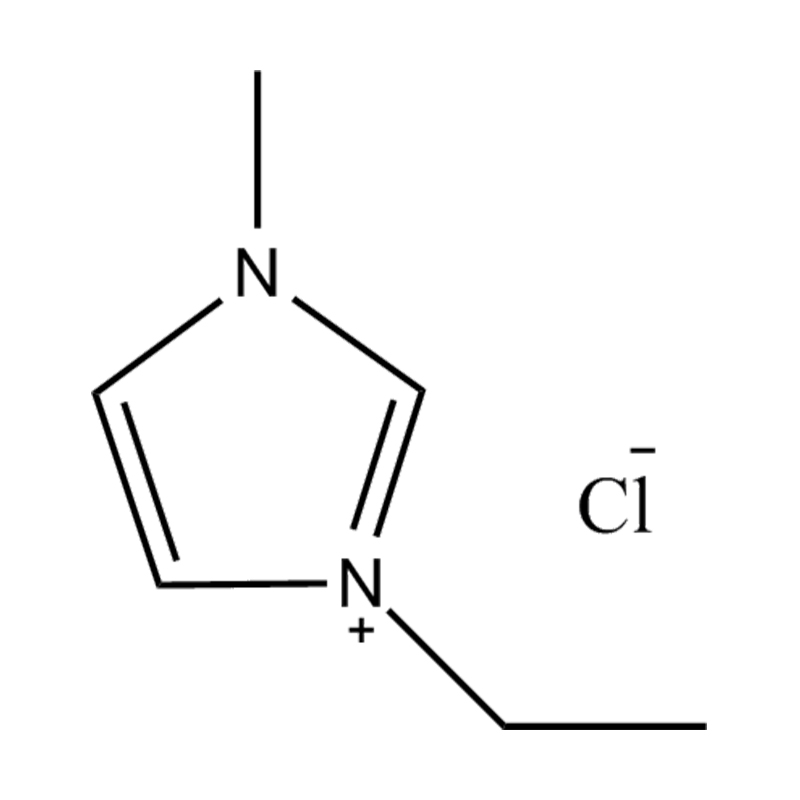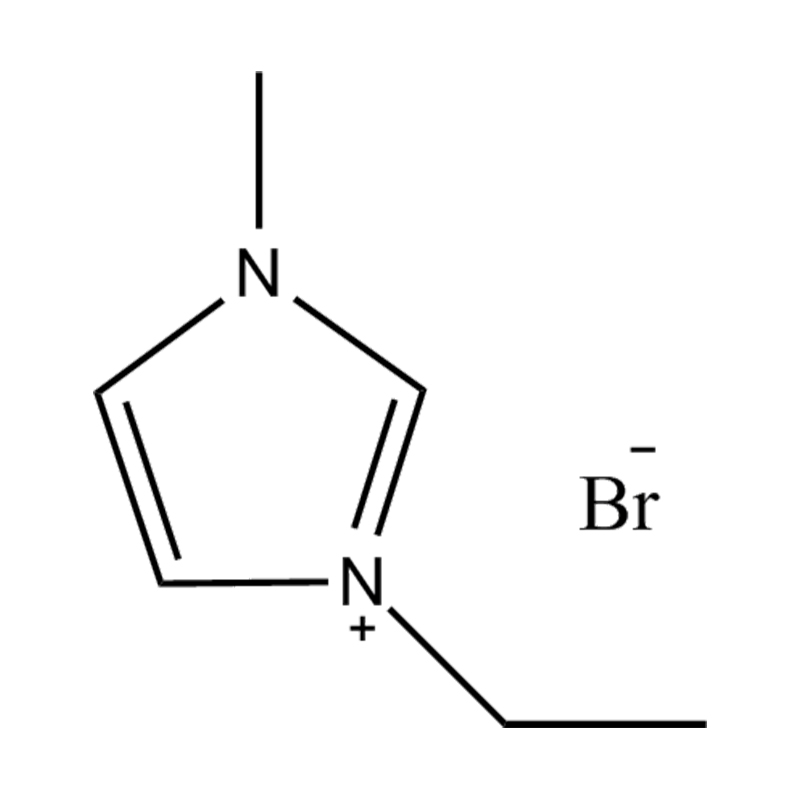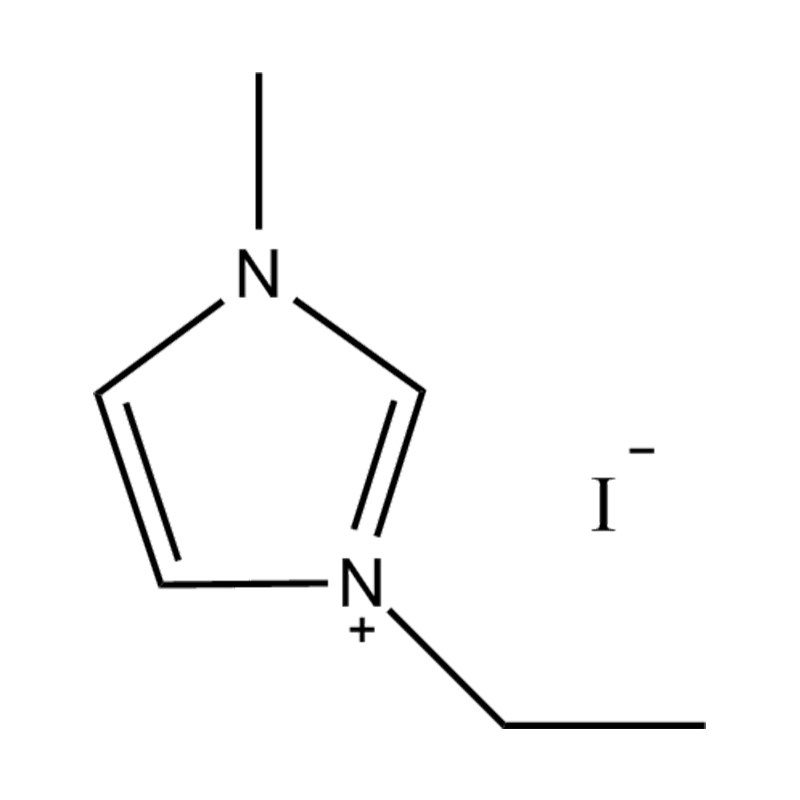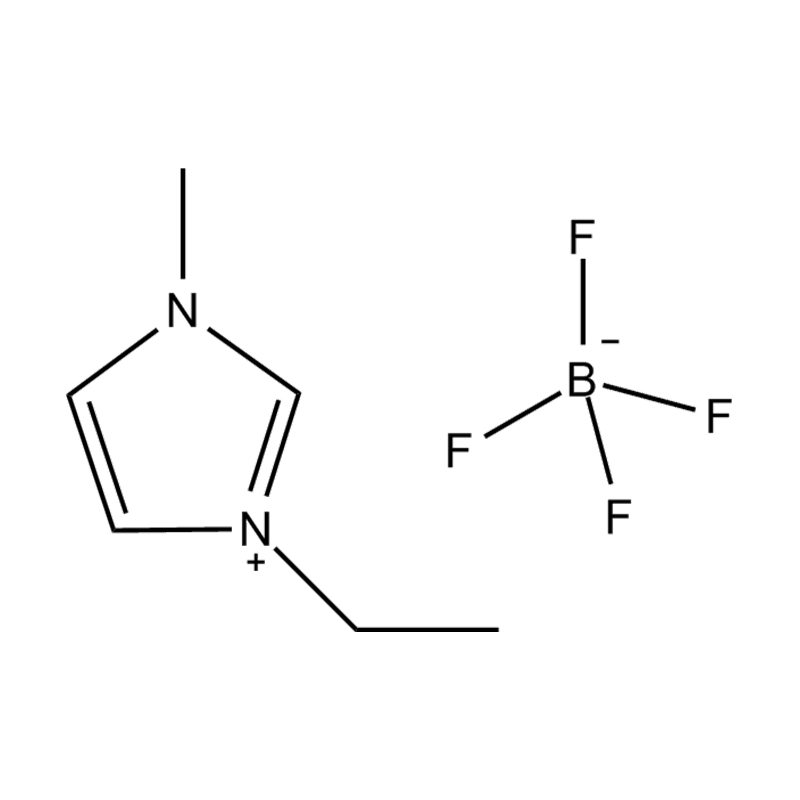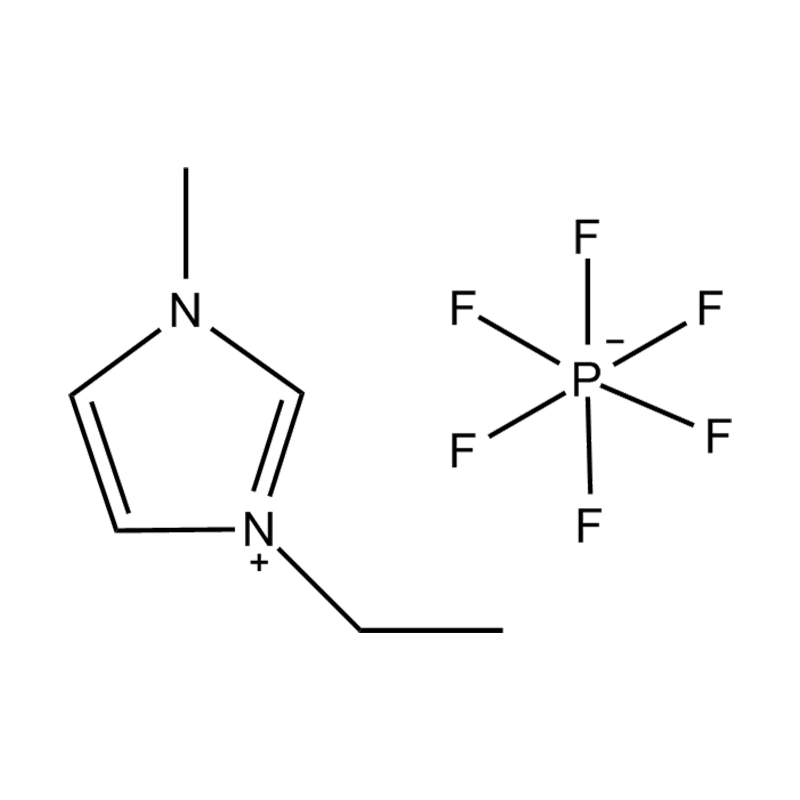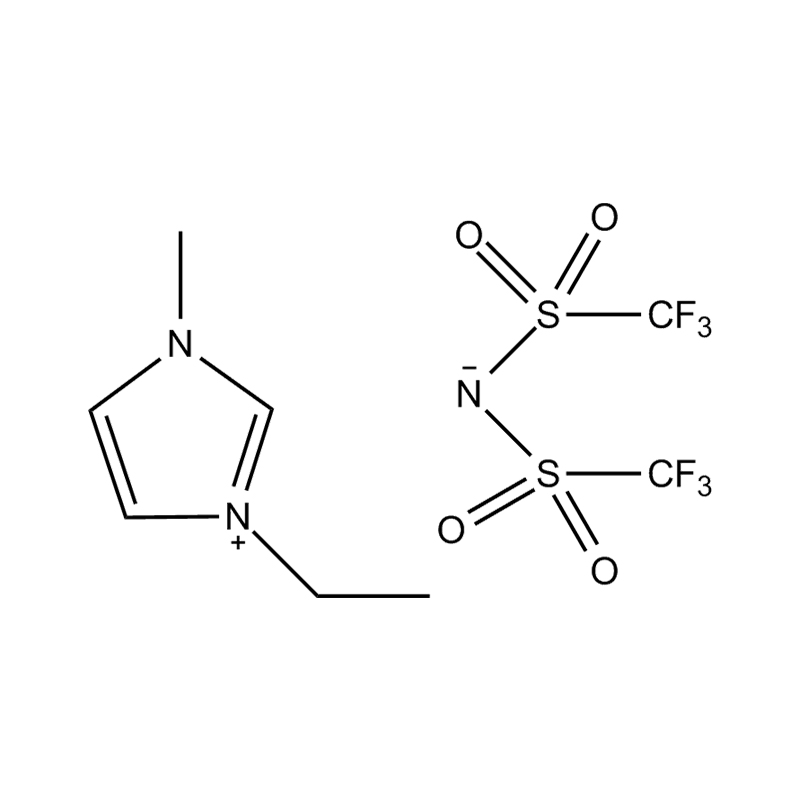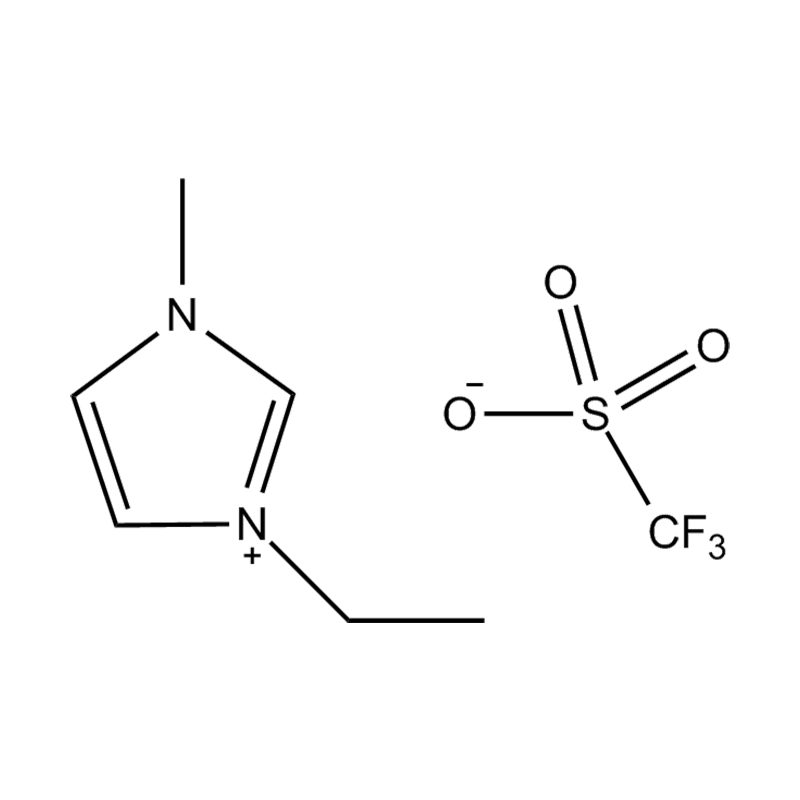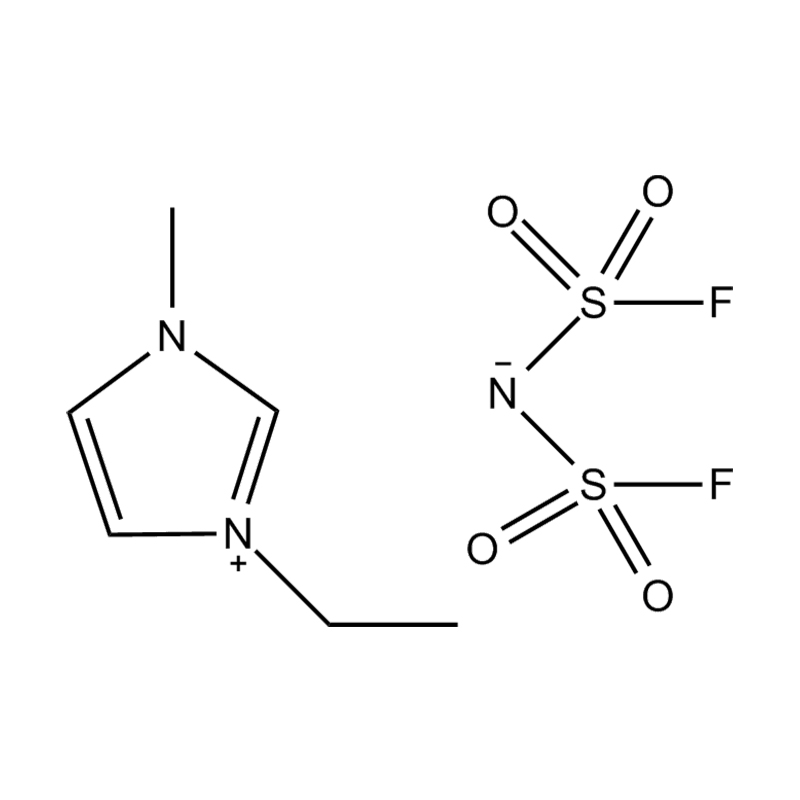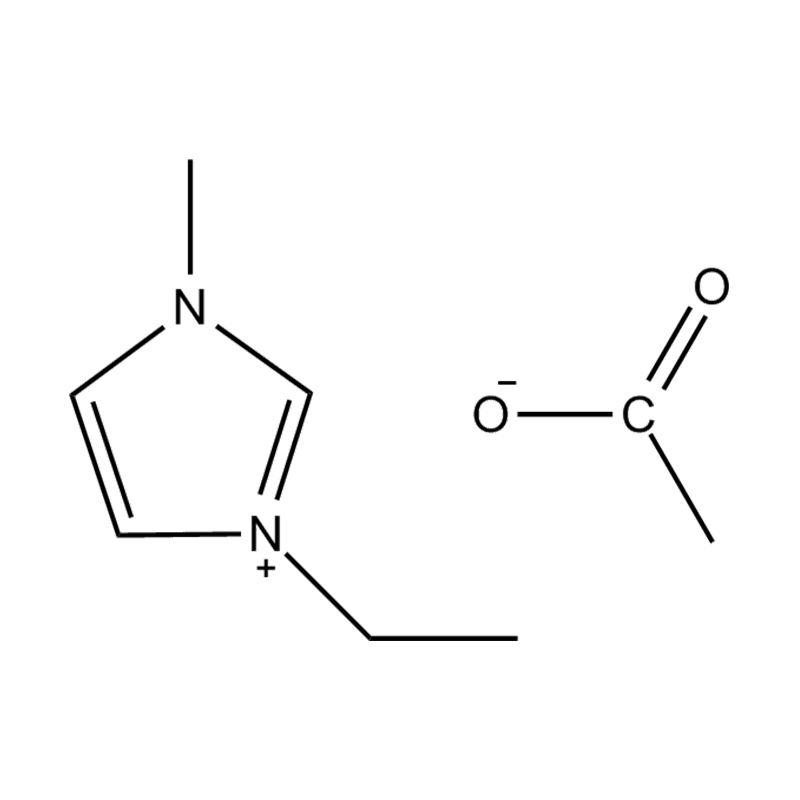Trisubstituted imidazole ionic liquids offer a unique combination of structural versatility and functional tunability, which provides several distinct advantages when they are used as solvents or catalysts in organic synthesis. Their enhanced performance stems from the strategic substitution at three positions on the imidazole ring, which significantly affects their chemical, thermal, and physical properties. These ionic liquids have gained increasing attention in green chemistry and advanced synthetic methodologies due to their multifunctionality and potential to improve reaction efficiency, selectivity, and sustainability.
One of the primary advantages of using trisubstituted imidazole ionic liquids as solvents is their tunable polarity and solvation power. The nature and position of substituents allow for precise control over the ionic liquid’s polarity, viscosity, and hydrogen-bonding capabilities. This tunability enables the optimization of solubility for various substrates, intermediates, and catalysts involved in organic reactions. Compared to traditional imidazolium-based ionic liquids, the trisubstituted variants offer greater flexibility in accommodating both polar and non-polar reactants, thus broadening the scope of reactions that can be efficiently conducted.
In catalytic roles, these ionic liquids can function as reaction media with intrinsic catalytic activity or serve as ligands and active sites themselves. The presence of functional groups, such as alkyl, aryl, hydroxyl, amino, or carboxyl substituents, allows the design of ionic liquids that actively participate in the reaction mechanism. This dual functionality—acting as both solvent and catalyst—reduces the need for additional reagents and minimizes waste, aligning well with the principles of green chemistry.
Another significant benefit is their thermal and chemical stability, which is often superior to that of conventional solvents or monofunctional ionic liquids. The substitution pattern enhances the rigidity and electronic characteristics of the imidazole core, making trisubstituted variants more resistant to decomposition under harsh reaction conditions, such as high temperatures or strong acids/bases. This stability is particularly useful in reactions that require prolonged heating or exposure to reactive intermediates.
Trisubstituted imidazole ionic liquids also provide improved reaction selectivity and yield. Their structured solvation environment can stabilize transition states or reactive intermediates more effectively, steering the reaction pathway toward the desired product. Additionally, the substituents may influence the spatial arrangement of reactants within the solvent phase, leading to better regioselectivity or stereoselectivity in complex organic transformations.
From a practical standpoint, their low volatility and recyclability contribute to safer and more sustainable process design. Unlike traditional volatile organic solvents, trisubstituted imidazole ionic liquids exhibit negligible vapor pressure, reducing the risk of flammability and toxic exposure. After the reaction, they can often be separated and reused with minimal loss of activity, thereby lowering operational costs and environmental impact.
In biphasic systems, these ionic liquids can be designed to be immiscible with certain organic phases, allowing for facile product separation and catalyst recovery. This property is especially valuable in continuous-flow synthesis or phase-transfer catalysis, where the efficiency of separation directly affects overall productivity and scalability.
Finally, trisubstituted imidazole ionic liquids can also serve as platforms for task-specific design. By carefully choosing the substituents, researchers can create ionic liquids with affinity for specific substrates, metal ions, or functional groups. This adaptability makes them highly useful in asymmetric synthesis, metal-catalyzed reactions (such as Suzuki, Heck, or Sonogashira couplings), and even in biotransformations, where enzyme compatibility and microenvironmental control are essential.
The use of trisubstituted imidazole ionic liquids in organic synthesis offers a powerful combination of solvent and catalytic properties. Their structural tunability, stability, reusability, and ability to enhance selectivity make them a valuable tool for chemists aiming to improve the efficiency, safety, and environmental profile of synthetic processes. These benefits support their growing role in both academic research and industrial applications where precision and sustainability are paramount.


 English
English Deutsch
Deutsch Español
Español 中文简体
中文简体


